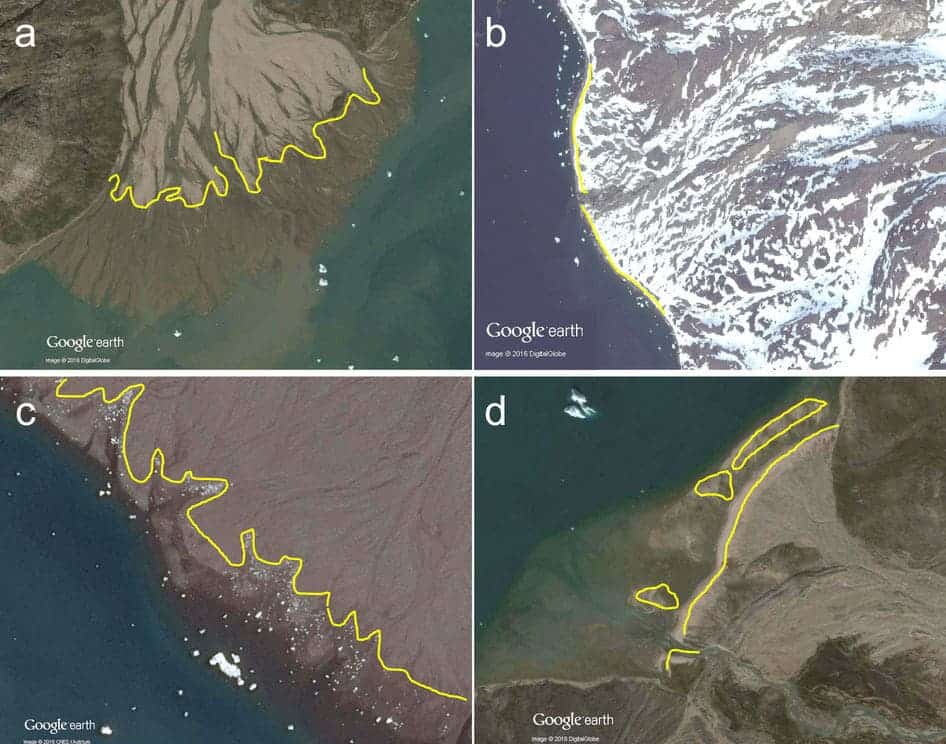While climate change and human exploitation are drowning many deltas around the world, Greenland is experiencing the opposite: warming temperatures enabled its deltas to thrive.

A team of researchers which included Mette Bendixen from the University of Copenhagen and Lars L. Iversen from the University of Colorado Boulder analyzed aerial photos from the past 75 years. They started with photos taken by the US military during World War II and compared them to what we see today.
“We examined 121 deltas by looking at historical aerial photos taken by the American army during the Second World War” Bendixen said. “We compared these with modern satellite photos. In this way, we have been able to track changes in the Greenland deltas and see what has happened over the last 75 years.”

They found that the deltas had remained stable from the 1940s to 1980s, but prograded (the growth of a river delta farther out into the sea) in a warming Arctic from the 1980s to 2010s. Since human activities are virtually inexistent in the area, this effect is attributed exclusively to environmental changes — namely, global warming.
“Our study shows how climate change affects environmental processes in the Arctic landscape. As a consequence of the warmer temperatures, more sediment is transported out to the coast. At the same time, the open-water period has been extended, and the material is therefore deposited in the deltas. And in this way, the deltas are growing,” says Associate Professor Aart Kroon, corresponding author.
Climate change isn’t a uniform process. We talk about a 1 C increase in global temperatures, but that doesn’t mean that all areas of the Earth will warm by 1C. Some will warm more, some less. The Arctic areas are among those who heat up more, which makes their coastal areas (and subsequently, the deltas) highly vulnerable. Places such as Alaska, Siberia, and western Canada are suffering great coastal erosion, but the Greenland deltas are advancing into the sea. This is quite unexpected and the net impact of this process is still unclear.
The evolution of these deltas is largely governed by two factors: the freshwater runoff and associated sediment load from the catchment, and by the waves and tide from the receiving basin. As temperatures rise (especially above 0 °C), freshwater runoff increases, causing the progradation researchers found.
Journal Reference: Mette Bendixen et al. Delta progradation in Greenland driven by increasing glacial mass loss. doi:10.1038/nature23873


